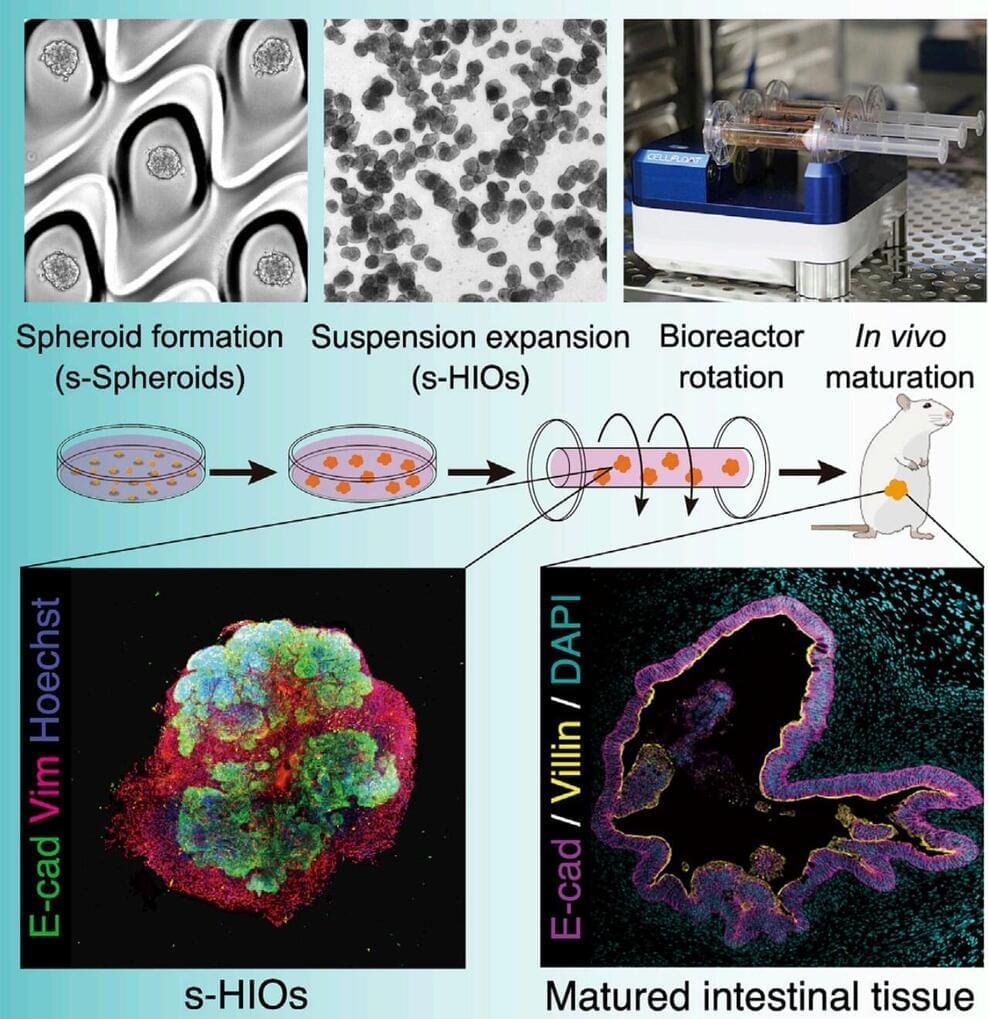Growing miniature organ-like tissues in the lab is already within our reach. Now, researchers from Japan have developed a new approach that enables intestinal mini-organs to be grown more easily and efficiently in the lab. This holds immense promise for regenerative medicine.
In a study published in November in Cell Reports Methods, researchers from Tokyo Medical and Dental University (TMDU) reveal that applying a few specialized lab techniques yields intestine-like tissues of predictable size and composition.
Organoids are organ-like balls of cells that are grown in the lab from spheroids (even smaller balls) of human cells and mimic the properties of the organ from which the “seed” cell was taken. Organoids are used for studying organ function in a lab setting and are also promising tools in the field of regenerative medicine.







